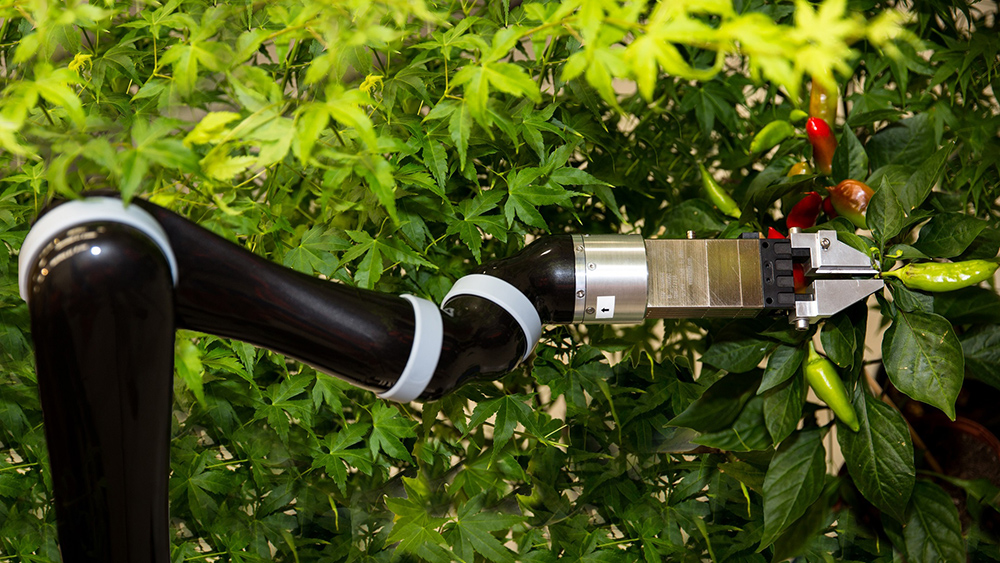Priority Area 3 – Responsiveness

Rapid design, validation and deployment of smart HRC systems. The process of designing, verifying, validating, deploying and operating automation needs to become more accessible for a wider range of people and organisations.
Aim
The Centre aims to minimise the effort required and increase the certainty of verifying and validating the safety, capability, and effectiveness for complex human-robot systems before implementing and reconfiguring robots on the shop floor making automation more responsive and resilient to planned and unplanned changes.
Motivation
A variety of products within a product family are required to meet with customers’ changing needs. In turn these demands require rapid change or configuration of manufacturing systems for high quality production (in terms of consistency in size and visual appearances etc. Net-zero demands to combat climate change, as an example, to renovate housing stocks which requires rapid change of manufacturing capacity for different solutions.
Approach
A peak phased array controller will be integrated with a cobot, so that advanced imaging techniques can be employed, data can be directly encoded and a route to human trials can be established. Novel robot path planning techniques will be employed to provide a better data capture potential and mitigate previously encountered problems. A full-size, geometrically and acoustically correct ultrasound imaging phantom will be employed to provide an accurate and realistic test specimen.
Key Deliverables
D3.1: Closed-loop in-process (CLIP) digital twin of HRC system with capabilities for: (i) high-fidelity testing, validation and analysis; and, (ii) constant feedback loop of real-time information.
D3.2: Cloud-based database and computing platform to build and improve trust in HRC systems using CLIP solutions (incl. legal principles on data, privacy, health and safety) (link with PA4).
D3.3: Augmented decision studio for HRC system including CLIP-digital twin, augmented and virtual reality technologies and avatars.
D3.4: Verification and Validation analysis and scenarios generation of HRC systems for stochastic behaviour and minimize risks.
Testbeds
Integer posuere erat a ante venenatis dapibus posuere velit aliquet. Maecenas sed diam eget risus varius blandit sit amet non magna. Cras mattis consectetur purus sit amet fermentum. Cras mattis consectetur purus sit amet fermentum. Sed posuere consectetur est at lobortis.
Team
Priority Area 3 Leads are: Professor Darek Ceglarek (University of Warwick), Professor Xiu Tan Yan (University of Strathclyde, Professor Kerstin Eder (University of Bristol), Dr Pasquale Franciosa (University of Warwick) and Professor Niels Lohse (Loughborough University).